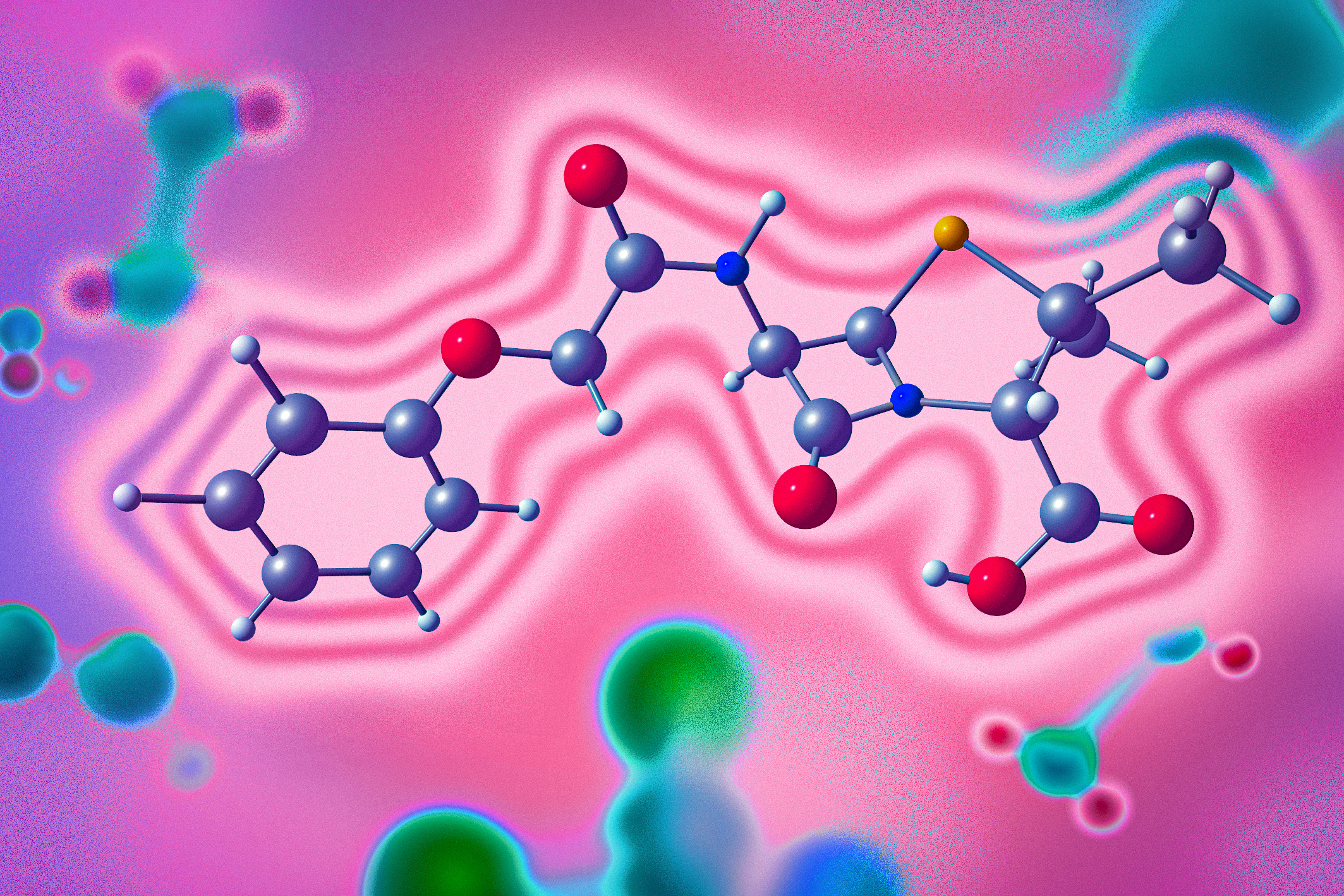The Inaugural Dietmar Seyferth Lecture in Organometallic Chemistry
Former Seyferth group members, faculty, students, and friends filled Room 6-120 to hear Professor Christopher C. Cummins deliver the inaugural lecture.
On Wednesday, April 17, the inaugural Dietmar Seyferth Lecture in Organometallic Chemistry was delivered by Henry Dreyfus Professor Christopher C. Cummins, to an overflowing 6-120 lecture hall. Professor Emeritus Dietmar Seyferth and his wife Helena were among the lecture attendees as well as several former Seyferth graduate students, chemistry faculty, students, postdocs, and friends. Frederick G. Keyes Professor Emeritus and 2005 Nobel Prize winner Richard R. Schrock, gave the opening remarks.
The department is extremely grateful to former Seyferth group member, Robert L. Lambert, PhD ’73, who established the endowed annual lectureship in honor and appreciation of his adviser, whom he credits with an invaluable education in the chemical sciences, which lead to his successful and fulfilling career. Professor Seyferth, in his 2010 Festschrift (Organometallics 2010, 29, 4648–4681; DOI: 10.1021/om100948g) stated, “Over the years I had many graduate student and postdoctoral co-workers who were outstanding; intelligent, innovative, original, motivated, enthusiastic, and hard-working. Many made important intellectual contributions. It gave me great joy and satisfaction to watch their progression to independent, self-confident researchers.”
The title of Professor Cummins’ lecture was “Phosphorus-Element Bond-Forming Reactions,” which covered three research areas currently being undertaken in his lab:
Reactive Intermediates & Group Transfer Reactions
The Cummins group designs and synthesizes molecular precursors that can be activated by a stimulus to release a small molecule of interest. The molecular precursors themselves are isolated as crystalline solids and are typically soluble in common organic solvents and can be weighed out and used as needed. One example Professor Cummins gave was the molecule P2A2 (A = anthracene or C14H10), which is a molecular precursor to the diatomic molecule P2. Compounds having the formula RPA serve to transfer the phosphinidene (PR) group either as a freely diffusing species (R = NR’2, singlet phosphinidene) or else by inner sphere mechanisms (R = alkyl, triplet phosphinidene). Using the RPA reagents the group is developing reactions analogous to cyclopropanation and aziridination for delivery of the PR group to olefins with the formation of three-membered P-containing rings, phosphiranes.
Sustainable Phosphorus Chemistry
The industrial “thermal process” by which the raw material phosphate rock is upgraded to white phosphorus is energy intensive and generates CO2. Researchers in the Cummins group seek alternative chemical routes to value-added P-chemicals from phosphate starting materials obtained either by the agricultural “wet process” or by phosphorus recovery and recycling from waste streams. Trichlorosilane is a high production volume chemical for its use in the manufacture of silicon for solar panels. The group has shown that trichlorosilane is a reductant for phosphate raw materials leading to the bis(trichlorosilyl) phosphide anion [P(SiCl3)2]– as a versatile intermediate en route to compounds containing P-C bonds.
Metaphosphates and Phosphorylating Methodology
Crystalline metaphosphate salts with lipophilic counter cations are useful starting materials applicable in polar organic media. “Metaphosphate” refers to the inorganic ion PO3(-) which, unlike its chemical cousin, nitrate, exists not as a monomeric species but rather as oligomeric rings: [(PO3)n]n-. These cyclic phosphates can be converted into electrophilic phosphorylating agents (a) by treatment with peptide coupling reagents, or (b) by conversion into their crystalline acid forms and subsequent dehydration. Such activated cyclic phosphates can be used directly for oligophosphorylation of C, N, and O nucleophiles. Phosphorylation of the Wittig reagent leads to a new phosphorus ylide with a cyclic phosphate as the C-substituent and a non-hydrolyzable P-C bond, allowing for conjugation of oligophosphate groups to a biomolecule of interest by aldehyde olefination.
Professor Seyferth, who considers Professor Cummins preeminent in his field, was enthralled by the lecture, as were all the attendees. A dinner to celebrate the newly endowed lectureship followed and was attended by former Seyferth group members, faculty, friends, and Dietmar and Helena Seyferth.





